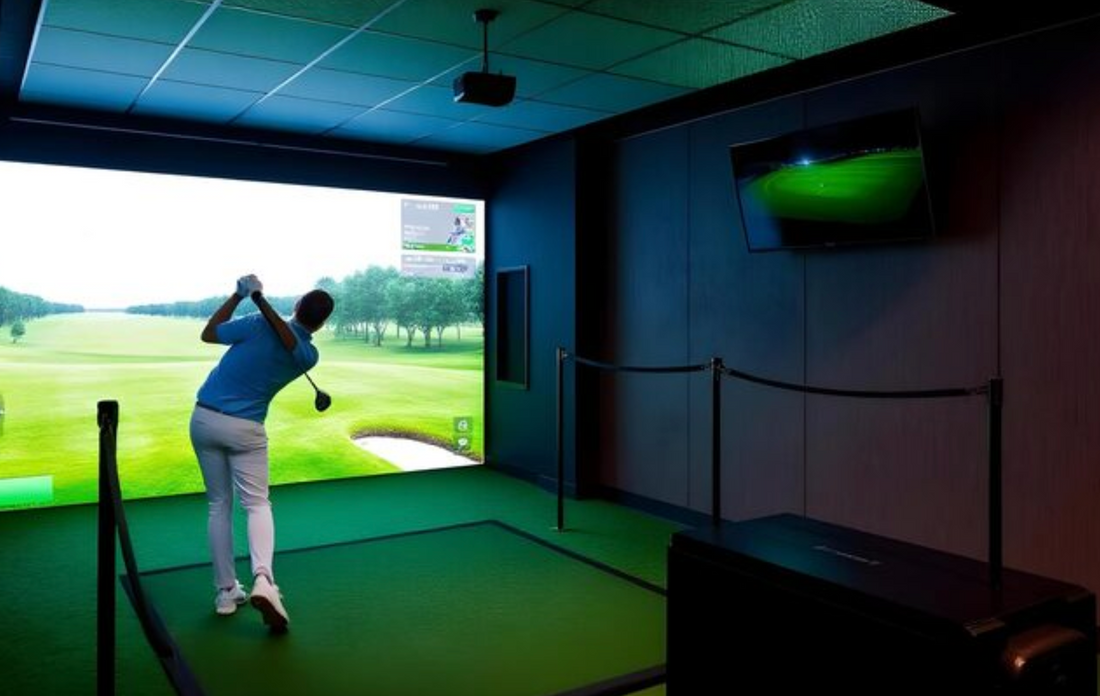
How 3D Simulators Are Redefining Golf Training
The New Era of Practice
For decades, golfers had only two choices when it came to training: hit the driving range or book time on a course. Both required travel, weather cooperation, and often an entire afternoon. Fast forward to today, and the story looks very different. With the rise of 3D golf simulators, players are practicing in garages, basements, and living rooms — and they’re getting better results than ever before.
Beyond the Driving Range
Ask any golfer what makes practice frustrating, and you’ll hear the same complaints: wasted time, weather interruptions, and limited feedback. A driving range can tell you how far you hit, but it can’t break down your swing path or show you spin rate.
A 3D simulator changes that completely. Every swing is captured by high-speed cameras or radar sensors, which translate motion into precise data. Suddenly, you don’t just know that your ball hooked left — you know why.
Technology Meets Tradition
What makes simulators so powerful is their ability to merge tradition with innovation. The feel of gripping your club remains the same, but the environment expands into something extraordinary:
-
Instant feedback: Launch angle, ball speed, and spin data appear seconds after impact.
-
Immersive visuals: Ultra-HD courses project legendary landscapes onto your walls.
-
Game-like modes: Driving ranges, putting challenges, and tournament play keep training engaging.
This blend of realism and technology ensures that training is never boring — it’s addictive.
Leveling the Playing Field
Once upon a time, advanced training technology was reserved for professionals. Now, simulators are increasingly affordable, opening doors for hobbyists, juniors, and even families. Parents introduce their kids to golf without expensive lessons, while retirees rediscover the sport in the comfort of their homes.
Golf training has shifted from something you schedule to something you live with.
A Lifestyle, Not Just a Tool
Simulators aren’t just about shaving strokes off your score. They’re about transforming golf into a daily lifestyle. Practice after work, host a weekend tournament with friends, or simply use the putting mode as a mindful break.
Golf becomes less about when you can get to the course, and more about how it fits into your everyday rhythm.
Final Thoughts
The future of golf training isn’t limited to the fairways. It’s happening in garages, spare rooms, and basements around the world. 3D simulators are redefining not only how people practice, but also how they experience golf itself — as a sport that’s always within reach.
